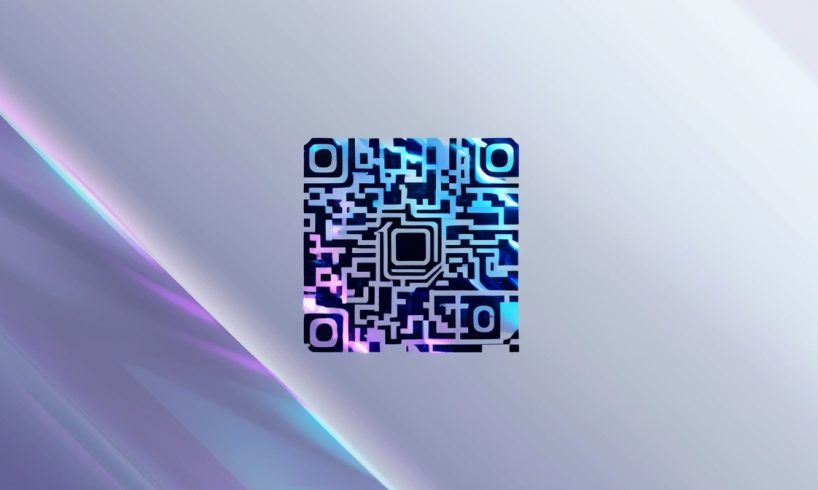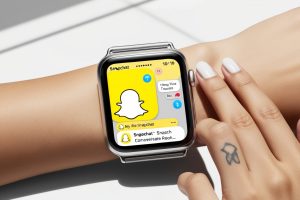
In today’s digitally connected world, the QR code is everywhere from street food stalls in rural India to airport check-ins, Aadhaar authentication, and WhatsApp logins. But few people know that this ubiquitous black-and-white square had humble beginnings in the world of gaming.
The Inventor: Masahiro Hara
The QR code (Quick Response code) was invented in 1994 by Masahiro Hara, an engineer at the Japanese company Denso Wave, a subsidiary of the Toyota Group. At the time, Hara was tasked with developing a better way to track automotive parts during manufacturing. Traditional barcodes could only hold a small amount of information and required line-of-sight scanning, which was inefficient for Toyota’s complex logistics.
Interestingly, Hara’s inspiration came from playing the board game “Go”, which uses a grid of black and white pieces. He noticed how the game board’s structure allowed for quick identification of position and pattern. This led to the idea of encoding data in both horizontal and vertical directions a major evolution from the 1D barcode.
A Breakthrough in Data Encoding
Unlike standard barcodes, which store data in a single line, the QR code is a two-dimensional matrix that can hold hundreds of times more information including alphanumeric characters, Kanji, binary, and control codes. The original design allowed for high-speed scanning, damage resistance, and data redundancy features that make it extremely versatile even decades later.
Denso Wave chose not to patent the QR code, opting instead to make the technology publicly available, which allowed developers worldwide to freely adopt and adapt it. This decision would prove crucial in the code’s explosive global adoption.
From Factories to Fintech: The QR Code’s Modern-Day Impact
While the QR code was originally created for industrial logistics, it has since become a bedrock of digital transformation. In India, it powers the Unified Payments Interface (UPI), enabling even small vendors to accept digital payments with nothing more than a smartphone. QR codes are now integral to:
- Aadhaar authentication: for identity verification and access to government services.
- Retail and restaurant menus: reducing physical contact post-COVID-19.
- WhatsApp logins: enabling secure and instant web access.
- Event ticketing, logistics tracking, and e-commerce.
Its contactless and secure nature made it an essential tool during the pandemic, boosting its visibility and adoption worldwide.
A Lasting Legacy
From a simple idea sparked by a board game to a critical infrastructure in global fintech and identity systems, the QR code’s journey is a testament to innovation, accessibility, and openness. Masahiro Hara’s creation has not only stood the test of time but has also evolved to meet the demands of an increasingly digital society.
In a world racing toward convenience and connectivity, the humble QR code continues to punch far above its weight.

I am a person who is positive about every aspect of life.I have always been an achiever be it academics or professional life. I believe in success through hard work & dedication.
Technology Blogger at TechnoSecrets.com






